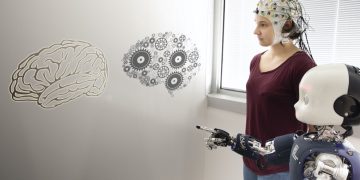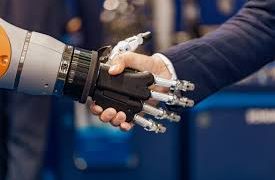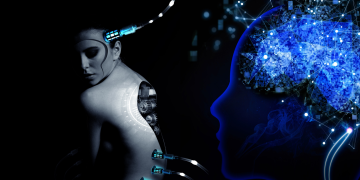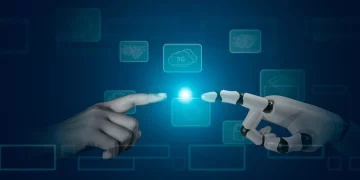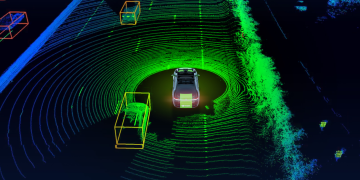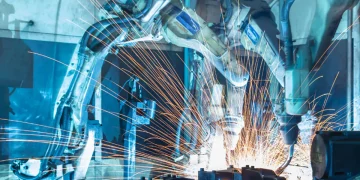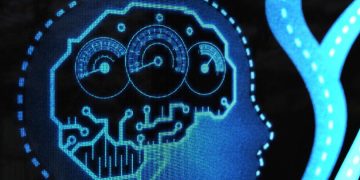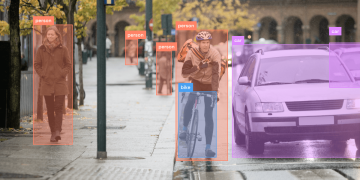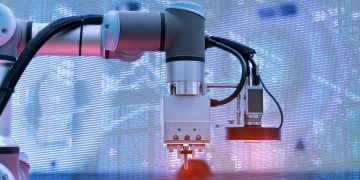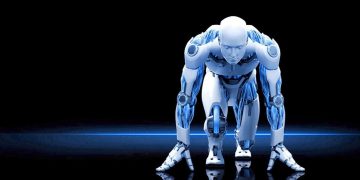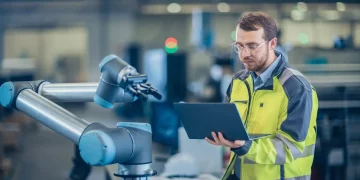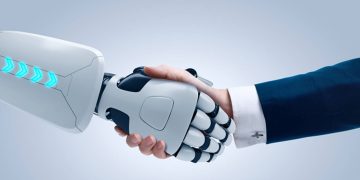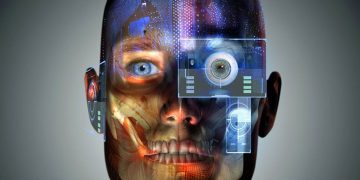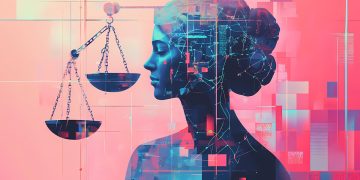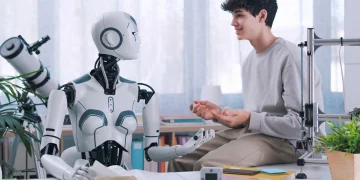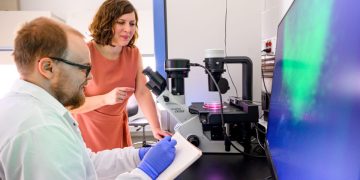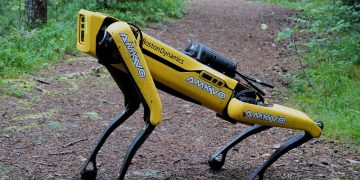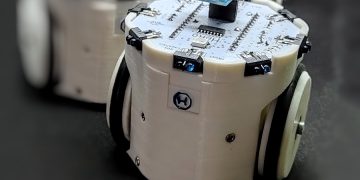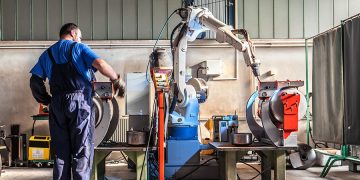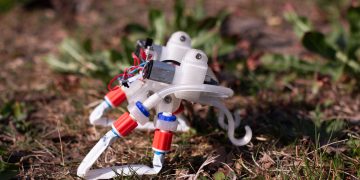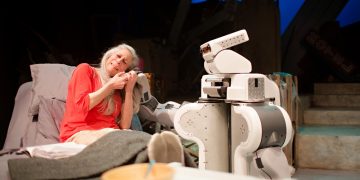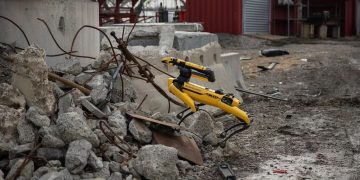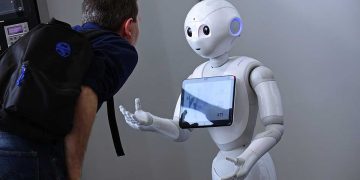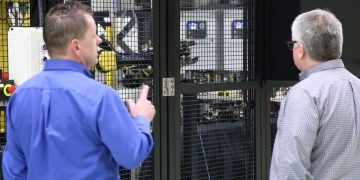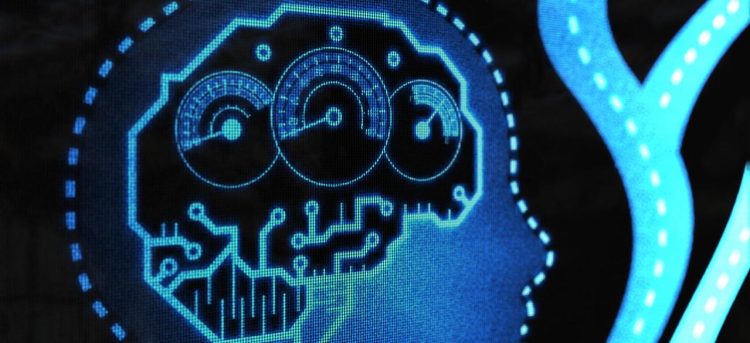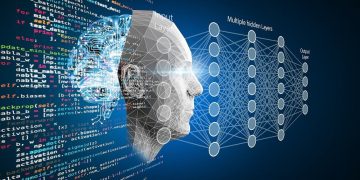The field of robotics, autonomous systems, and computer vision has witnessed monumental growth due to advancements in computational power. One of the most significant outcomes of this surge in processing capacity is the rapid development and deployment of deep perception technologies, including LiDAR (Light Detection and Ranging), stereo cameras, and other sensor technologies. These tools allow robots, autonomous vehicles, and intelligent systems to perceive and understand their environment in unprecedented detail. In this article, we explore the evolution, applications, and future potential of these technologies, while examining their role in the broader context of AI and robotics.
Introduction: The Impact of Enhanced Computational Power on Deep Perception Technologies
The progress in computational capabilities has fundamentally transformed the landscape of robotics and artificial intelligence (AI). From the proliferation of machine learning algorithms to the ability to process vast amounts of data in real-time, these advancements have made it possible for robots and autonomous systems to perform complex tasks with high accuracy and reliability. One of the key technologies that has flourished in this environment is deep perception, which encompasses a range of sensing technologies that allow systems to understand and interact with their surroundings.
LiDAR and stereo cameras are at the forefront of deep perception technologies. These sensors provide detailed information about the environment, enabling systems to detect objects, measure distances, and build 3D representations of their surroundings. When combined with AI algorithms, these technologies enhance a machine’s ability to navigate, recognize, and interact with the world.
1. Deep Perception Technologies: What Are They?
Deep perception technologies refer to a combination of hardware and algorithms that enable machines to interpret sensory data, specifically related to their environment. The most common deep perception tools include:
- LiDAR (Light Detection and Ranging): LiDAR systems use laser beams to measure distances to objects and surfaces. They generate high-resolution 3D maps of the environment, capturing details such as shape, size, and spatial location. LiDAR has become one of the most important sensors for autonomous vehicles, robotics, and geospatial applications due to its accuracy and ability to operate in various environmental conditions, including low light.
- Stereo Cameras: Stereo cameras work by capturing two images of the same scene from slightly different angles, mimicking human binocular vision. By comparing the two images, the system can calculate the depth of objects in the scene. Stereo vision is widely used in robotics and autonomous vehicles for depth perception, object detection, and navigation.
- Other Sensors: In addition to LiDAR and stereo cameras, other technologies such as radar, ultrasonic sensors, and infrared cameras are also commonly used in sensor fusion systems to enhance environmental understanding.
Together, these sensors enable machines to gather critical data about the physical world, which is then processed to inform decisions, actions, and predictions.
2. The Role of Computational Power in Advancing Deep Perception
While deep perception technologies themselves are impressive, it is the advances in computational power that have truly unlocked their potential. In the past, the data captured by sensors like LiDAR and stereo cameras was too vast and complex to process in real time. With the rise of powerful GPUs, distributed computing, and cloud processing, it has become possible to process and analyze large amounts of sensory data instantaneously.
Some key contributions of computational power to the development of deep perception technologies include:
- Real-time Data Processing: Enhanced computational resources allow for the real-time processing of massive data sets generated by sensors. This is essential for applications like autonomous driving, where the system must process data from multiple sensors to make quick decisions.
- Machine Learning Integration: With increased computational capacity, machine learning algorithms (including deep learning) can be applied to sensor data to recognize patterns, detect objects, and improve decision-making. Convolutional Neural Networks (CNNs), Recurrent Neural Networks (RNNs), and Reinforcement Learning are commonly used to improve the accuracy and performance of perception systems.
- Sensor Fusion: Computational power has enabled the integration of data from multiple sensors, improving accuracy and reliability. For instance, combining LiDAR with stereo camera data or radar readings can help resolve ambiguities, compensate for sensor weaknesses, and create a more comprehensive understanding of the environment.
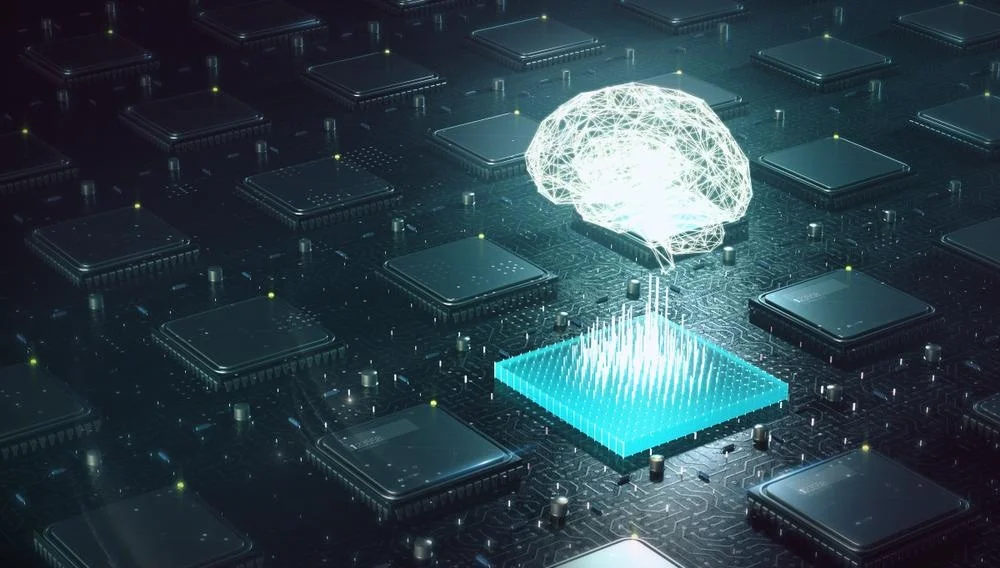
3. LiDAR Technology: A Revolution in 3D Perception
LiDAR is one of the most widely used and discussed deep perception technologies, particularly in the context of autonomous vehicles. LiDAR systems emit laser pulses that bounce off objects and return to the sensor, measuring the time it takes for each pulse to return. This allows the system to create detailed, accurate 3D maps of its environment, including distance measurements to objects and surfaces.
Key Advantages of LiDAR
- High Accuracy: LiDAR is capable of producing high-precision 3D maps with centimeter-level accuracy. This is essential for tasks like obstacle detection, navigation, and mapping.
- Operates in Low Light: Unlike vision-based sensors, LiDAR does not rely on ambient light, making it highly effective in both day and night conditions.
- Wide Coverage: LiDAR provides a wide field of view and can capture data from a large area, making it ideal for mapping large environments, such as roads, cities, or industrial spaces.
Applications of LiDAR Technology
- Autonomous Vehicles: In autonomous driving, LiDAR is used for environment mapping, obstacle detection, and path planning. By providing detailed 3D representations of roads, pedestrians, other vehicles, and obstacles, LiDAR helps vehicles navigate safely and make informed driving decisions.
- Robotics: LiDAR plays a critical role in autonomous robots, particularly in industrial and warehouse settings. Robots use LiDAR to create maps of their surroundings, navigate complex environments, and detect obstacles.
- Geospatial Mapping: LiDAR is widely used in topographical surveys and geographic information systems (GIS). It allows for the creation of detailed 3D models of terrain, forests, and urban landscapes, useful for urban planning, forestry, and environmental monitoring.
4. Stereo Cameras: Depth Perception for Real-World Interactions
Stereo cameras are another critical technology in deep perception, offering depth perception and 3D mapping capabilities. They use two lenses (cameras) to capture the same scene from different angles, mimicking the human visual system. By comparing the differences in the two images, a stereo camera can calculate depth, helping a system understand the relative position of objects in space.
Key Advantages of Stereo Cameras
- Affordability: Compared to LiDAR, stereo cameras are generally more affordable and can be integrated into systems with lower costs.
- Real-time Processing: Stereo cameras can process depth information in real-time, making them ideal for dynamic environments like robotics and autonomous vehicles.
- High Resolution: High-resolution stereo cameras provide detailed and accurate depth maps, which can improve object detection and navigation.
Applications of Stereo Cameras
- Autonomous Vehicles: Stereo cameras are used for depth perception, lane detection, and obstacle avoidance. In combination with other sensors like LiDAR and radar, stereo cameras help provide a more comprehensive understanding of the environment.
- Robotics: Robots equipped with stereo cameras can perform tasks such as grasping objects, navigating through complex environments, and performing inspections in industrial settings.
- Augmented Reality (AR): Stereo cameras are used in AR applications to overlay virtual objects onto the real world by accurately tracking depth and positioning in real-time.
5. Sensor Fusion: Combining LiDAR, Stereo Cameras, and Other Technologies
While LiDAR and stereo cameras are powerful individually, their true potential is realized when their data is combined through sensor fusion. Sensor fusion involves integrating data from multiple sensors to improve the overall perception of the environment. By combining the strengths of different sensors—such as the precision of LiDAR and the real-time capabilities of stereo cameras—systems can achieve higher levels of accuracy, robustness, and reliability.
Key Benefits of Sensor Fusion
- Improved Accuracy: By fusing data from multiple sources, sensor fusion can provide more accurate and comprehensive environmental understanding.
- Redundancy: If one sensor fails or provides inaccurate data, the other sensors can compensate, making the system more robust and fault-tolerant.
- Enhanced Situational Awareness: Sensor fusion allows systems to better detect and understand dynamic elements in their environment, improving decision-making and responsiveness.
Applications of Sensor Fusion
- Autonomous Vehicles: In self-driving cars, sensor fusion combines LiDAR, stereo cameras, radar, and other sensors to create a comprehensive 360-degree view of the vehicle’s environment. This enables real-time decision-making for safe navigation.
- Industrial Robots: In robotics, sensor fusion enhances object detection, navigation, and task execution. Robots in warehouses, for example, use sensor fusion to move efficiently and safely through cluttered environments.
- Smart Cities: Sensor fusion is also applied in smart city projects, where it combines data from various sensors to monitor traffic, environmental conditions, and public safety.
6. The Future of Deep Perception Technologies
As computational power continues to increase and AI algorithms become more advanced, the future of deep perception technologies looks promising. Here are some potential developments to look out for:
- Miniaturization: Smaller, more compact sensors will make deep perception technologies more accessible and cost-effective, enabling broader adoption in consumer products, drones, and mobile devices.
- AI-Driven Perception: Machine learning and deep learning will continue to play an increasingly central role in improving the capabilities of perception systems. Generative models, such as Generative Adversarial Networks (GANs), could help improve sensor data quality and resolution.
- Edge Computing: As autonomous systems demand faster responses, edge computing will become more prevalent, allowing data to be processed locally on the device, rather than relying on cloud servers.
- 5G Integration: The integration of 5G networks will enable faster data transfer, allowing systems to process and share deep perception data in real time, further enhancing autonomous vehicles and IoT applications.
Conclusion: The Transformative Role of Deep Perception Technologies
The intersection of enhanced computational power and deep perception technologies such as LiDAR, stereo cameras, and sensor fusion is revolutionizing the way machines perceive and interact with the world. These technologies are critical for applications ranging from autonomous vehicles and robotics to smart cities and geospatial mapping.
As computational resources continue to advance and AI algorithms become more sophisticated, the role of deep perception technologies will only become more vital. With ongoing innovation, the future holds immense potential for further breakthroughs in these fields, enabling machines to achieve higher levels of autonomy, intelligence, and precision.


